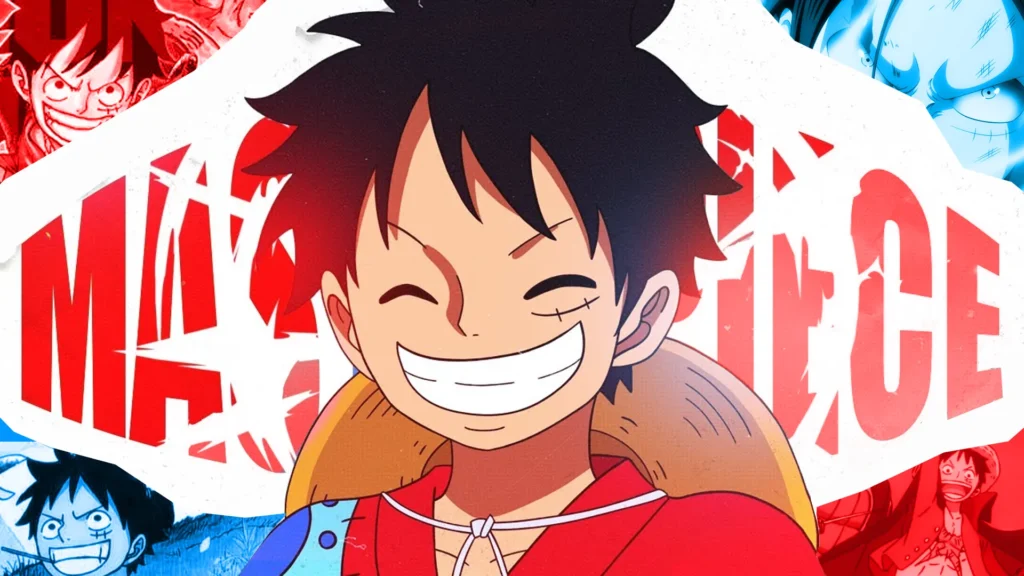SHOGUN: Each Character's Surprising Fate After The Finale!
The Shogun finale focused on the certainty of Japan’s future, with the mastermind Toranaga revealing that he had been planning everything from the very beginning. Instead of showing us the decisive battle that secured Toranaga’s victory and his future as Shogun, the series simply described the battle as Toranaga designed it. James Clavell’s book also has an equally abrupt ending. The author did write more books focusing on Asian history, but he never continued John Blackthorne’s story. This is why I wanted to look at the real history behind Shogun and see what happened to the characters in real life. What was Lady Ochiba’s fate, for example? What happened to the heir? How did Ishita die? Let’s talk about the main characters and their endings.
Table of Contents
ToggleLord Yoshi Toranaga

Yoshi Toranaga AKA Tokugawa Ieyasu as depicted in the finale. His real-life counterpart, Tokugawa Ieyasu, did win the battle of Sekigahara.
The battle was one of the biggest conflicts in Japanese history. The loss of men is estimated to be somewhere between 12,000 to 40,000. Many powerful lords switched sides and helped Tokugawa win the war. Three years after the battle, Tokugawa received the title of Shogun from the Emperor, but that doesn’t mean everything was peaceful after that. He still had to fight a few forces that challenged his authority. This would include the heir of Taiko, claiming that he was the rightful ruler instead of Toranaga and the resulting siege of Osaka. I’ll talk about that in a minute. Overall what you should know about Tokugawa is that he outlived most of his enemies and achieved his dream of becoming a Shogun. At one point, he semi-retired and trained his son to rule in his place. He was also responsible for supervising the construction of Edo Castle. He died at the age of 73, either from cancer or syphilis. In the end, thanks to his successors, his shogunate would be the military government of Japan for over 2 centuries.
John Blackthorne
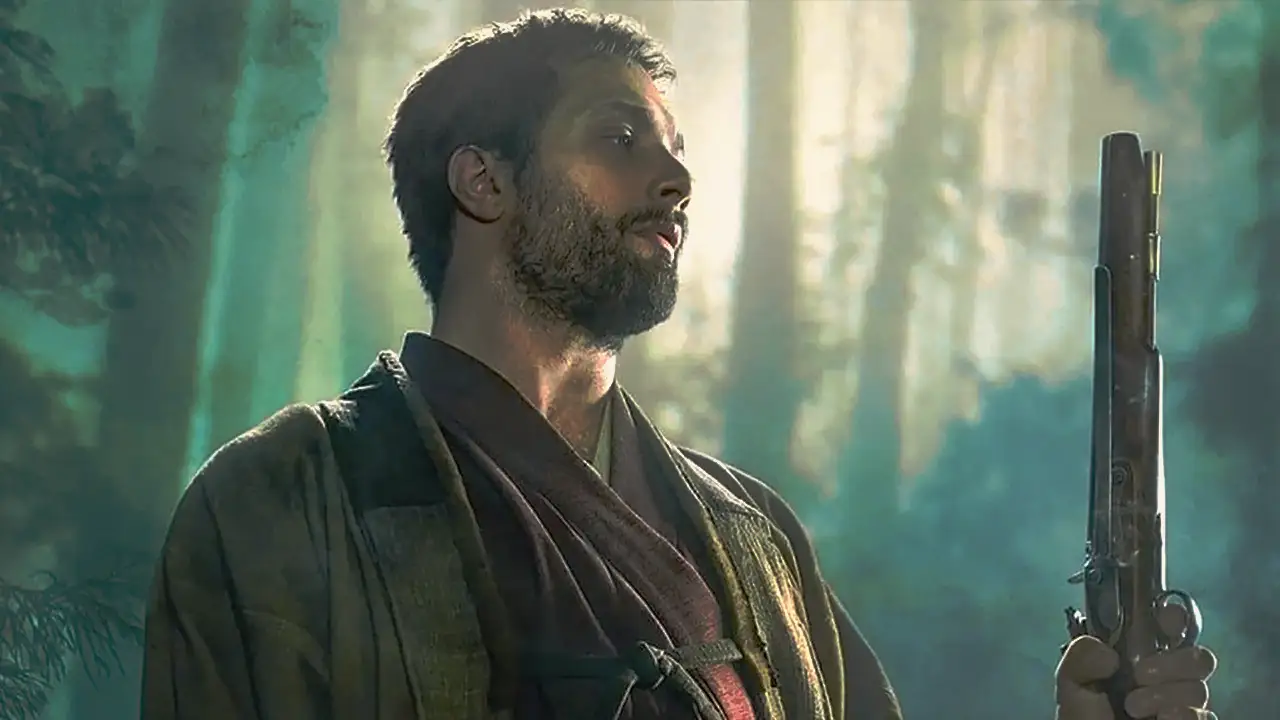
John Blackthorne, AKA William Adams. In the Shogun Finale, John Blackthorne dreams of returning to Europe and having grandchildren there, but Toranaga reveals that it’s his fate to remain in Japan and never to leave, which was mostly true for William Adams, the real-life counterpart of John Blackthorne. During Tokugawa’s reign, Adams helped the ruler with trade relations with Europe. He was also responsible for the construction of Western ships. At first, he was not allowed to leave. He earned a prestigious position in Tokugawa’s court and became his bannerman. He married a Japanese woman and had children. Eventually, he was allowed to leave Japan, but he only left to go on trade missions to Southeast Asia and never returned to England. It is known that he sent money to his family in England consistently. He died four years after Tokugawa, at the age of 55. The exact reason for his death is not known.
Kashigi Yabushige
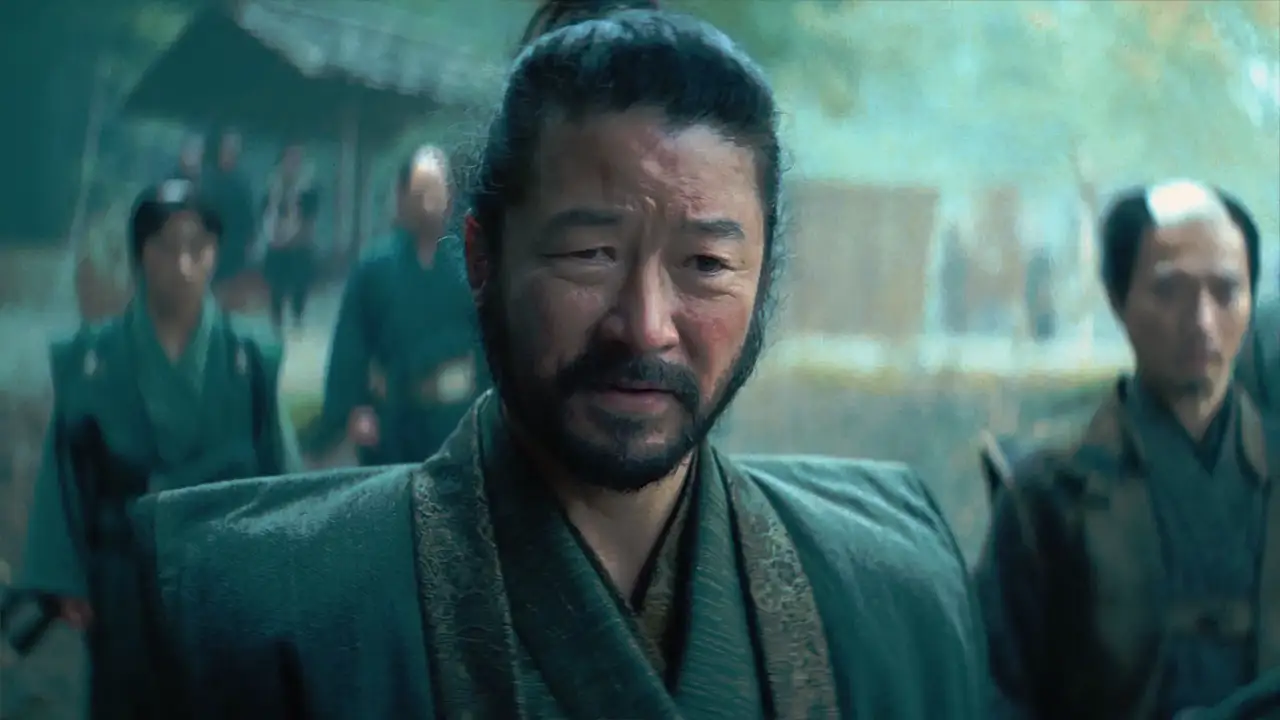
Kashigi Yabushig, AKA Honda Masanobu. Wait, I can hear what you’re saying. Yabushiga died in the finale, but his real-life counterpart actually died after Tokugawa. Yabushiga’s character was based on a real Japanese samurai, Honda Masanobu, who actually joined Tokugawa in the Battle of Sekigahara and worked under him during the Tokugawa Shogunate. In various sources, Honda and Tokugawa appear as close friends. He died at the age of 78, only a few weeks after Tokugawa’s death. His fate couldn’t be more different than Yabushiga in the series
Ishido Kazunari
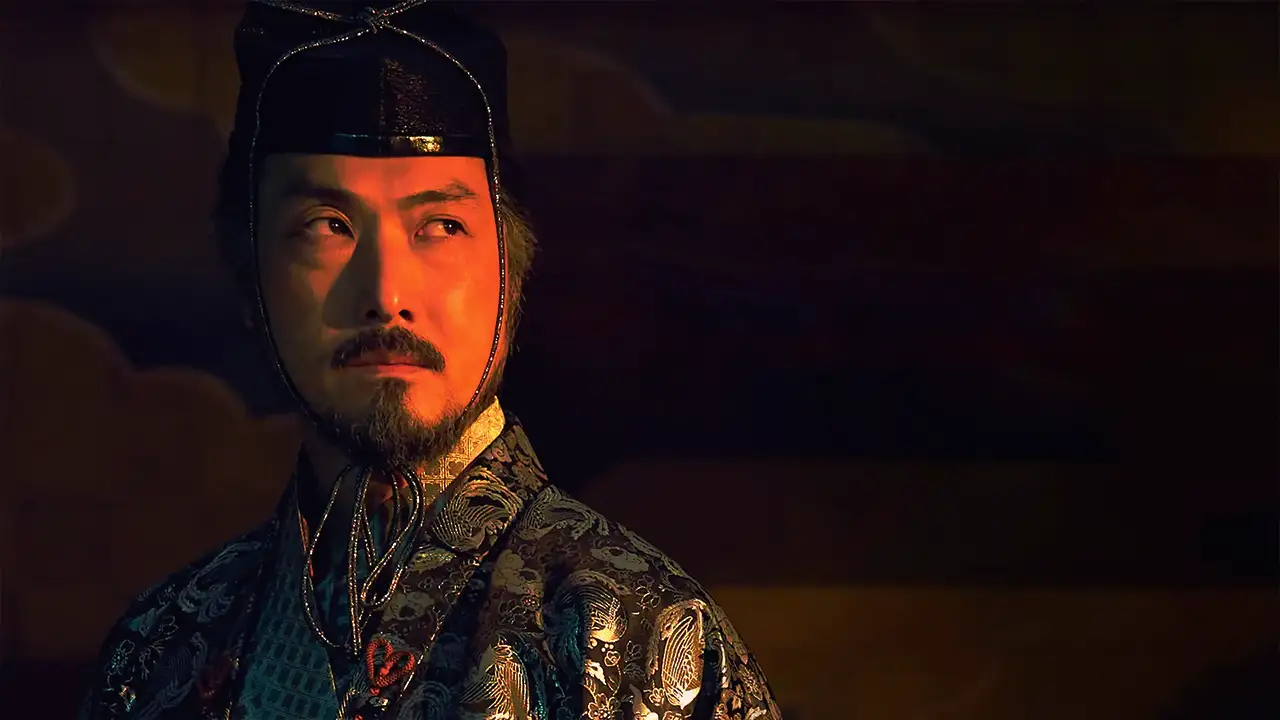
Ishido Kazunari AKA Ishida Mitsunari. Even though at the end of Shogun Toranaga tells us how Ishida would lose the battle, we don’t see what really happens to him. Does he commit seppuku? Does he run away? Does he get killed in the battle? In James Clavell’s novel, Toranaga buries Ishida up to his neck and leaves him there to die. Toranaga even invites locals to come up with a bamboo sword to saw Ishido’s neck however they please.
Ishida lingers for three days and eventually dies. His real-life counterpart Ishida tried to run away after losing the battle but was caught. He was then executed, and his head was placed on a stand for everyone to see. So as the leader of the losing side, his end was never going to be good.
Lady Ochiba & The Heir

Lady Ochiba and the Heir, AKA Yodo Dono and Toyotomi Hideyori. In the show, Lady Ochiba switched sides at the last minute and did not send her support for Ishido’s army. In the show, she was almost depicted as a villain who wanted to seek revenge. Although this is true for Yododono to some extent, she showed her hatred towards Tokugawa years after the Battle of Sekigahara. Yododono did not actively take part in Ishida’s rebellion against Tokugawa, but some of the heir supporters still fought against him in the battle. The ruler did allow her and the heir to live in the Osaka castle, but also worked to eliminate their supporters to prevent a possible future rebellion.
When the heir Toyotomi Hideyori came of age, he openly challenged Tokugawa in 1614 after one unsuccessful attempt to siege Osaka Castle, Tokugawa penetrated the castle in 1615 and lit it on fire. Yododono and her son committed seppuku together to avoid being captured. This event solidified Tokugawa’s shogunate but ended the life of a woman and her son
Usami Fuji

Usami Fuji. To my disappointment, Fuji is not based on a real historical figure like the rest of the characters. Even though on the show, she sort of gets a happy ending by deciding to become a nun and giving up on death. James Clavell did not give her a happy ending. Fuji in the book was allowed to commit seppuku, and she did. Since there is no real counterpart for her, I would like to think that she lived happily ever after
Toda Mariko
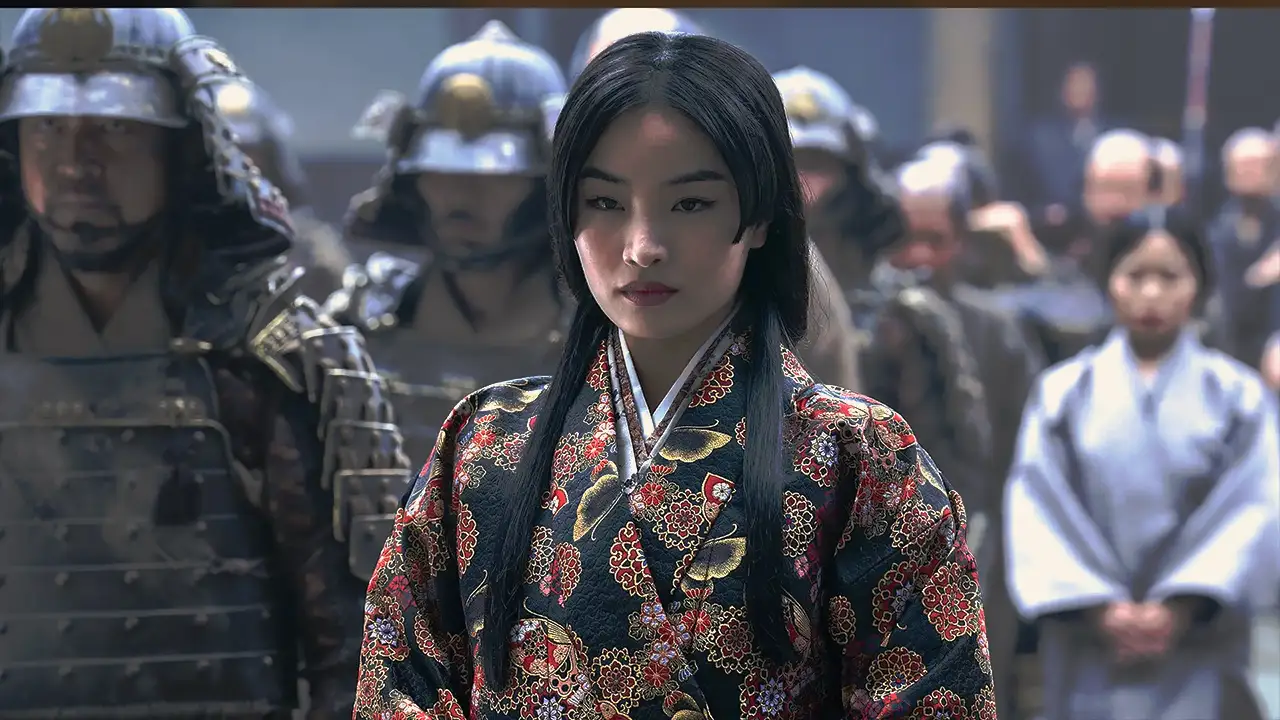
Toda Mariko AKA Hosokawa Gracia. We all know how Mariko’s fate ended in Shogun. Episode nine was all about her in real life, Ishida Mitsunari wanted to take a few people hostage so that he would have leverage in the war against Tokugawa.
But when he attempted to take Hosokawa Gracia hostage, her family retainer killed her in order to protect her honor and then killed himself after setting their house on fire. Just like on the show, Hosokawa’s death damaged Ishida’s reputation and eventually resulted in him losing the battle. So Mariko’s death would help Toranaga both on the show and in real life. Buntaro AKA Hosokawa Tadaoki. Believe it or not, the real-life
Buntaro

Buntaro actually outlived everyone. He lived until 1646 and died when he was 83 years old. In real life, Tadaoki commanded 5,000 men in the Battle of Sekigahara and fought against Ishida Mitsunari. After his wife, Okaba Gracia, died, he had four concubines and children with them. His family continued being an important family in Japan until the 1870s.




